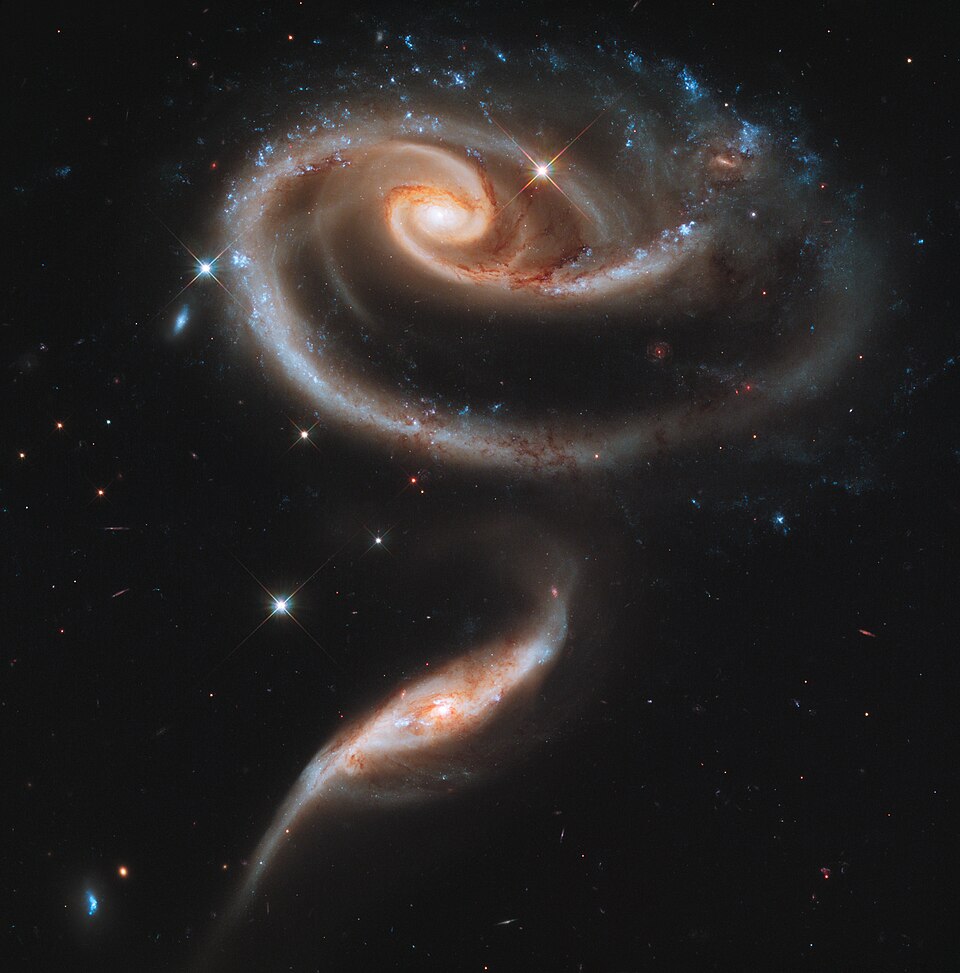New Findings from UVU Researchers Challenge Standard Cosmological Models

Orem, Utah – July 21, 2025 – A groundbreaking study led by Dr. Joseph B. Jensen, an astrophysicist at Utah Valley University (UVU), along with undergraduate student Mikaela Cowles and a team of international astronomers, has presented compelling evidence suggesting that the universe is expanding at a rate faster than current cosmological theories predict. This phenomenon, known as the Hubble Tension, has sparked significant debate within the astrophysical community regarding the accuracy and completeness of established models of the universe.
The research, which utilized data from NASA’s Hubble Space Telescope, the James Webb Space Telescope (JWST), and the Dark Energy Camera (DECam) on the Víctor M. Blanco Telescope operated by the National Science Foundation’s NOIRLab, employed a novel method called the Surface Brightness Fluctuation (SBF) technique. This approach allowed the researchers to measure galactic distances independently, bypassing traditional methods that have been subject to scrutiny in light of the expanding discrepancy between predicted and observed expansion rates.
According to Dr. Jensen, "This is a major step forward. By using a completely independent method with the power of the James Webb Space Telescope, we’ve confirmed that the universe is expanding faster than our best theories say it should. This suggests there may be fundamental aspects of cosmology yet to be uncovered."
The Hubble Tension refers to the growing disagreement among astronomers regarding the rate of the universe's expansion, with current measurements suggesting a Hubble constant of 73.8 kilometers per second per megaparsec. This figure significantly exceeds the 67.5 kilometers per second per megaparsec predicted by the standard cosmological model, which is primarily based on Albert Einstein’s theory of general relativity and incorporates dark energy and dark matter, which together amount to 95% of the universe's total mass and energy.
The implications of these findings extend beyond academic debate; they challenge existing frameworks that define our understanding of the universe's evolution, leading to potential shifts in scientific paradigms. Dr. Jensen emphasized that while the standard model is not necessarily incorrect, it appears to be incomplete. "These results help us move closer to understanding what might be missing," he stated.
The research team’s study, which represents a collaborative effort among physicists from various institutions, underscores the unique educational opportunities available at UVU. The involvement of students like Cowles in high-level research endeavors not only enhances their academic experience but also contributes to significant advancements in the field of astrophysics.
Historically, the Hubble Tension has been a contentious topic among astrophysicists, with debates centering on whether discrepancies stem from measurement inaccuracies or theoretical flaws. The UVU team’s findings may provide crucial insights into the nature of dark energy and the fundamental laws governing cosmic expansion. As the scientific community continues to grapple with these revelations, future research utilizing the JWST and other observational tools may yield further clarity on the universe's expansion and its underlying mechanics.
The study's results are expected to be published in the upcoming issue of the Astrophysical Journal, contributing to ongoing discussions and investigations into the nature of our universe. As scientists strive to reconcile these findings with established theories, the quest for a comprehensive understanding of cosmic dynamics remains at the forefront of contemporary astrophysical research.
Advertisement
Tags
Advertisement





